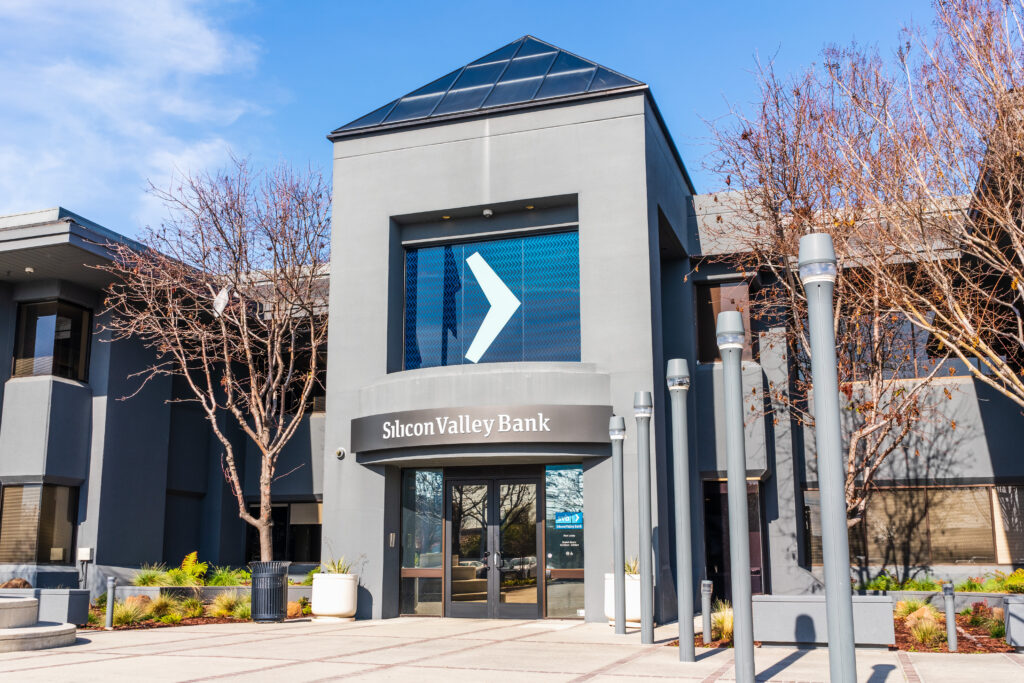The FWD #187 • 570 Words
What does the Silicon Valley Bank collapse have to do with housing?
We have a crisis in the United States. No, not just the affordable housing crisis—a banking crisis, too. Earlier this month, the federal government seized Silicon Valley Bank after an old-fashioned run on deposits, going down as the second largest bank failure in American history.
So why are we discussing this? We have our own housing crisis to keep us occupied, why do we need to think about those tech bros and theirs? Well, it turns out that affordable housing is part of the story: the Federal Home Loan Bank quickly became an important player.
According to the Brookings Institute, one of the four main reasons the bank failed was a “Dash for cash to the Federal Home Loan Bank [FHLB].”
As SVB needed cash they used the arcane Federal Home Loan Bank system to borrow heavily, becoming the San Francisco FHLB’s top borrower with $20 billion. The FHLB is called the lender of next to last resort, and when a bank fails the FHLB is the only entity that gets paid out ahead of the FDIC. Thus, the more in debt a bank is to the FHLB, the greater the losses borne by the taxpayer if the bank fails.
Since the fall of Silicon Valley Bank, many other banks followed suit and started asking FHLB for loans. Last week, the FHLB issued a record $88.7 billion in debt through a sale of its own financial instruments and investments. This was the FHLB system’s largest debt issuance ever. Now, some are worried about the solvency of these agencies. House of cards, anyone?
What is the Federal Home Loan Bank?
Created in 1932 by the Federal Home Loan Bank Act to bolster housing during the Depression, the system offers low-cost funding that incentivizes banks to buy mortgage-backed securities which adds liquidity and drives down costs associated with home mortgages.
To further their goals of affordable homeownership, FHLBs have several other duties, including: raising money for low-cost lending to their members, providing vital sources of funding to regional banks, and often serving as a preferred final stop for cash before troubled banks head to the Federal Reserve itself as a last resort.
So what do Silicon Valley Bank and FHLB have to do with housing?
FHLB’s mission is to support mortgage lending and related community investment.
The big question is, does lending billions of dollars in low-cost funds to banks like SVB meet that mission? Whether this lending contributed to the FHLB’s housing and community investment mission is now in question.
National Mortgage News reports, “Silicon Valley Bank was the largest borrower of the San Francisco Home Loan Bank and a major shareholder as well. The bank borrowed $13.5 billion in the third quarter [of 2022], making up 20% of the San Francisco Home Loan Bank’s total borrowings at the time.”
Sandra Thompson, head of the Federal Housing Finance Agency that regulates FHLBs, said last month that the FHLB has indeed lost its way and is no longer serving its housing mission. “It’s called the Federal Home Loan Bank for a reason,” she said.
These recent bank runs will likely add to growing calls for reform. Last year, Thompson launched the first review of the banks since they were created 90 years ago. Will that effort result in any change to the FHLB system? Only time will tell.
